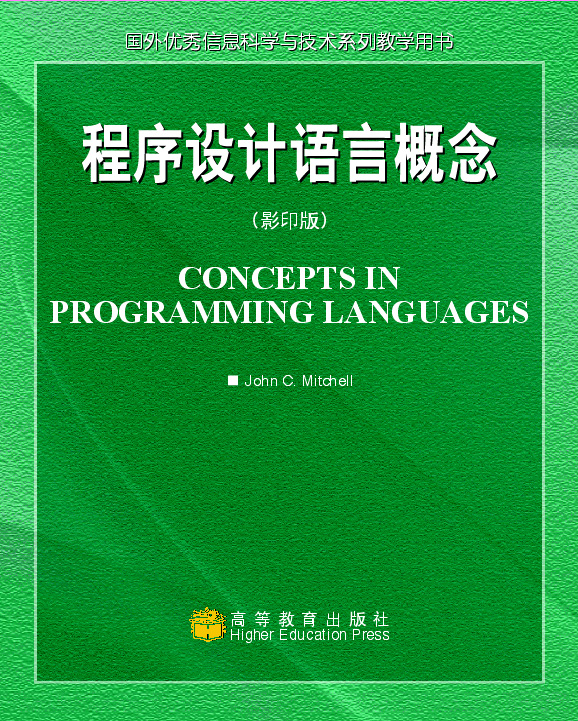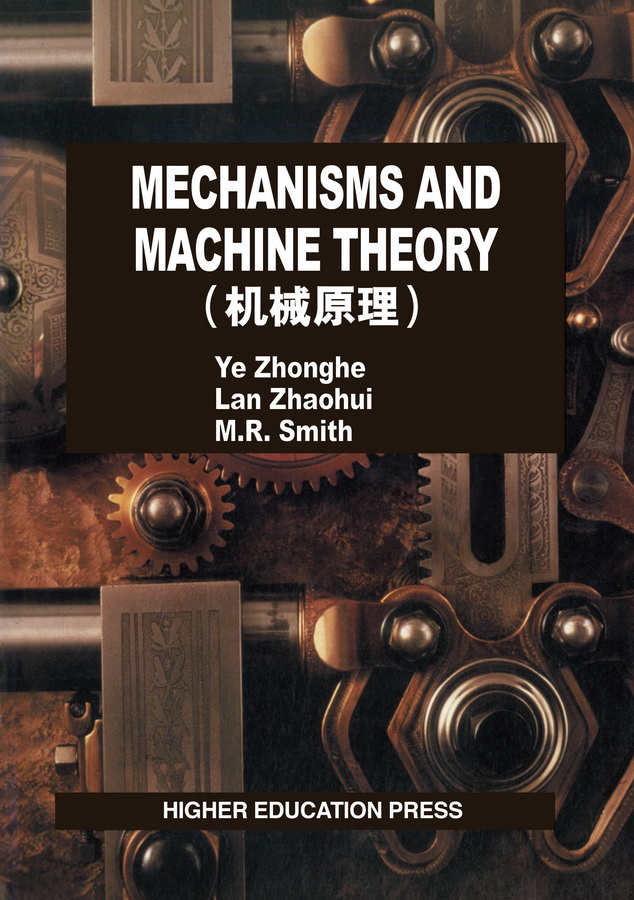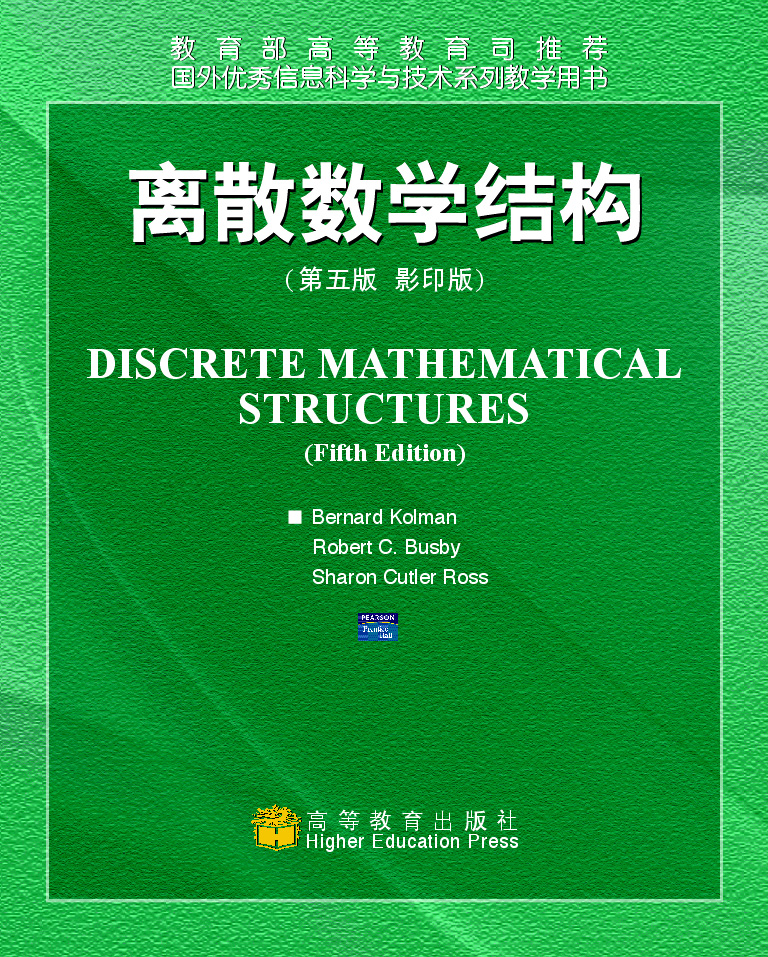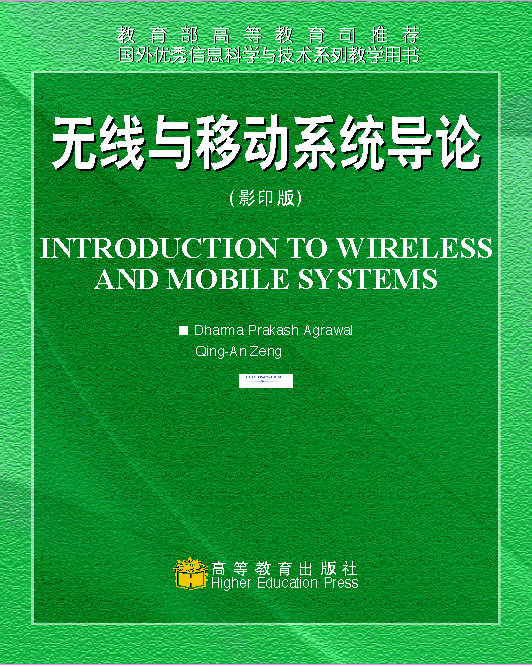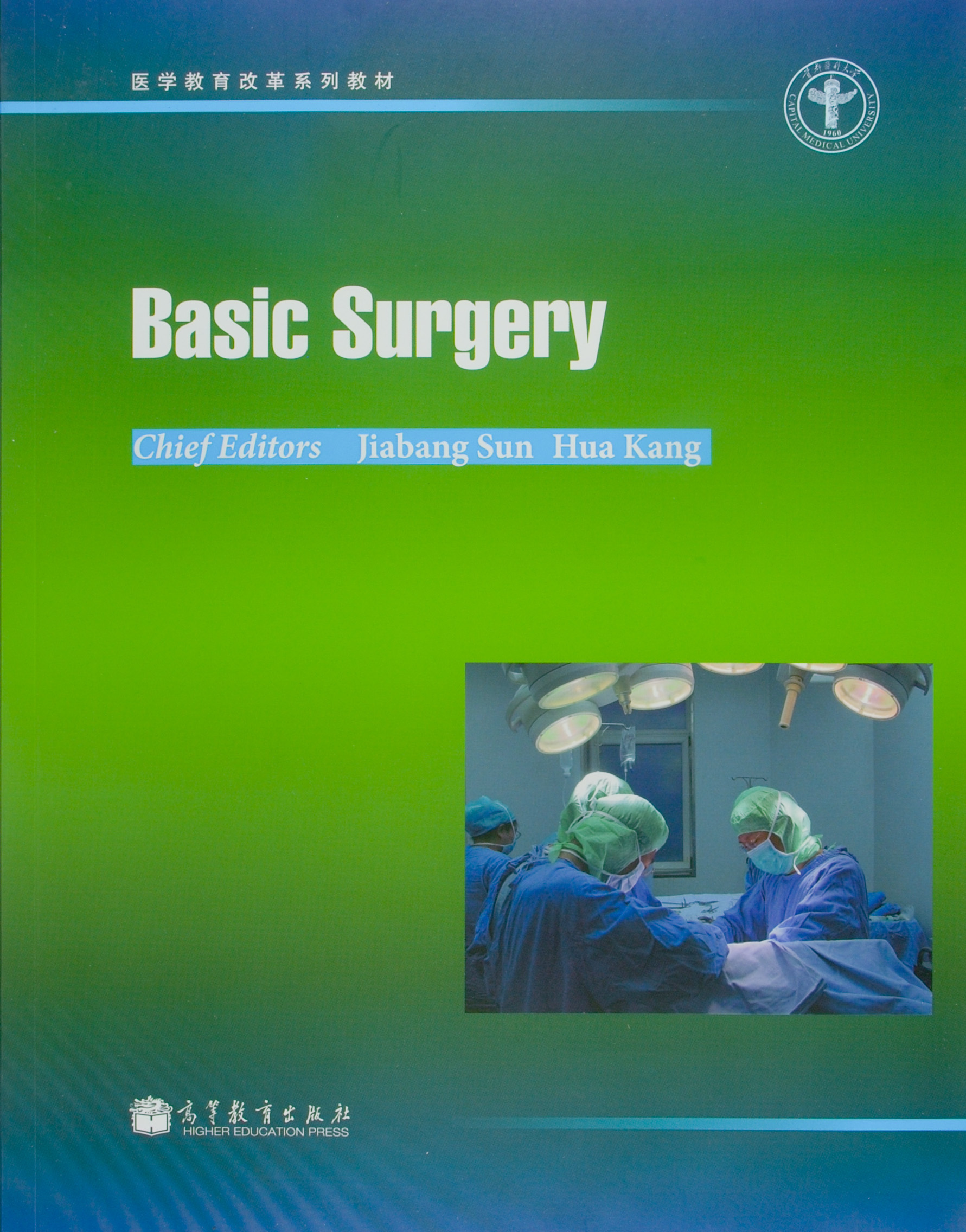程序设计语言概念(影印版)
定价:¥42.00
作者: [美]John C. Mitchell
出版时间:2004-08-13
出版社:高等教育出版社
- 高等教育出版社
- 9787040157796
- 1
- 248652
- 平装
- 特殊
- 2004-08-13
- 650
- 529
目录
PrefacePart 1 Functions and Foundations 1 Introduction 1.1 Programming Languages 1.2 Goals 1.3 Programming Language History 1.4 Organization: Concepts and Languages 2 Computability 2.1 Partial Functions and Computability 2.2 Chapter Summary Exercises 3 Lisp: Functions, Recursion, and Lists 3.1 Lisp History 3.2 Good Language Design 3.3 Brief Language Overview 3.4 Innovations in the Design of Lisp 3.5 Chapter Summary: Contributions of Lisp Exercises 4 Fundamentals 4.1 Compilers and Syntax 4.2 Lambda Calculus 4.3 Denotational Semantics 4.4 Functional and Imperative Languages 4.5 Chapter Summary ExercisesPart 2 Procedures, Types, Memory Management, and Control 5 The Algol Family and ML 5.1 The Algol Family of Programming Languages 5.2 The Development of C 5.3 The LCF System and ML 5.4 The ML Programming Language 5.5 Chapter Summary Exercises 6 Type Systems and Type Inference 6.1 Types in Programming 6.2 Type Safety and Type Checking 6.3 Type Inference 6.4 Polymorphism and Overloading 6.5 Type Declarations and Type Equality 6.6 Chapter Summary Exercises 7 Scope, Functions, and Storage Management 7.1 Block-Structured Languages 7.2 In-Line Blocks 7.3 Functions and Procedures 7.4 Higher-Order Functions 7.5 Chapter Summary Exercises 8 Control in Sequential Languages 8.1 Structured Control 8.2 Exceptions 8.3 Continuations 8.4 Functions and Evaluation Order 8.5 Chapter Summary ExercisesPart 3 Modularity, Abstraction, and Object-Oriented Programming 9 Data Abstraction and Modularity 9.1 Structured Programming 9.2 Language Support for Abstraction 9.3 Modules 9.4 Generic Abstractions 9.5 Chapter Summary Exercises 10 Concepts in Object-Oriented Languages 10.1 Object-Oriented Design 10.2 Four Basic Concepts in Object-Oriented Languages 10.3 Program Structure 10.4 Design Patterns 10.5 Chapter Summary 10.6 Looking Forward: Simula, Smalltalk, C++, Java Exercises 11 History of Objects: Simula and Smalltalk 11.1 Origin of Objects in Simula 11.2 Objects in Simula 11.3 Subclasses and Subtypes in Simula 11.4 Development of Smalltalk 11.5 Smalltalk Language Features 11.6 Smalltalk Flexibility 11.7 Relationship between Subtyping and Inheritance 11.8 Chapter Summary Exercises 12 Objects and Run-Time Efficiency: C++ 12.1 Design Goals and Constraints 12.2 Overview of C++ 12.3 Classes, Inheritance, and Virtual Functions 12.4 Subtyping 12.5 Multiple Inheritance 12.6 Chapter Summary Exercises 13 Portability and Safety: Java 13.1 Java Language Overview 13.2 Java Classes and Inheritance 13.3 Java Types and Subtyping 13.4 Java System Architecture 13.5 Security Features 13.6 Java Summary ExercisesPart 4 Concurrency and Logic Programming 14 Concurrent and Distributed Programming 14.1 Basic Concepts in Concurrency 14.2 The Actor Model 14.3 Concurrent ML 14.4 Java Concurrency 14.5 Chapter Summary Exercises 15 The Logic Programming Paradigm and Prolog 15.1 History of Logic Programming 15.2 Brief Overview of the Logic Programming Paradigm 15.3 Equations Solved by Unification as Atomic Actions 15.4 Clauses as Parts of Procedure Declarations 15.5 Prolog's Approach to Programming 15.6 Arithmetic in Prolog 15.7 Control, Ambivalent Syntax, and Meta-Variables 15.8 Assessment of Prolog 15 9 Bibliographic Remarks 15.10 Chapter SummaryAppendix A Additional Program Examples A.1 Procedural and Object-Oriented OrganizationGlossaryIndex

